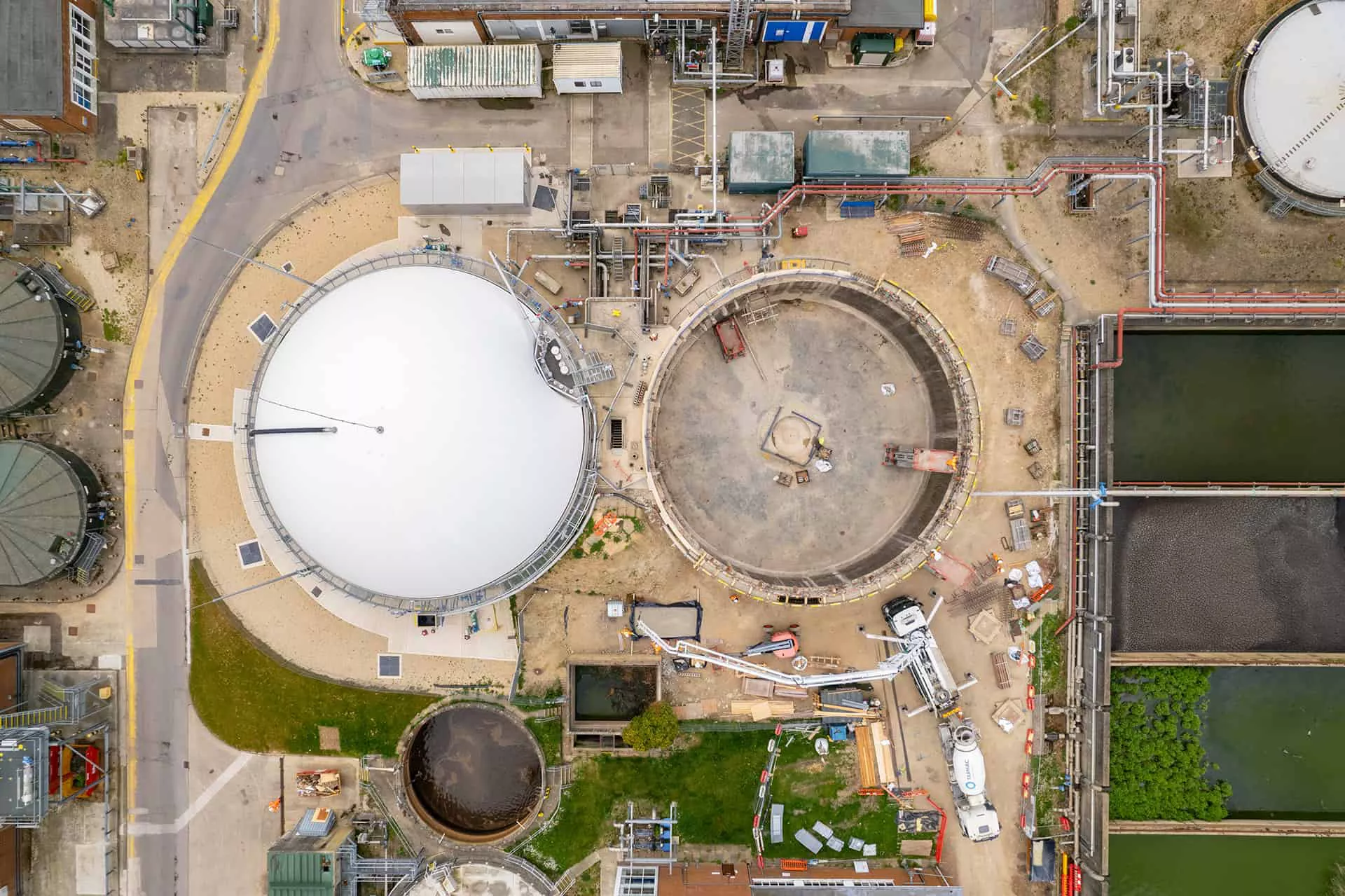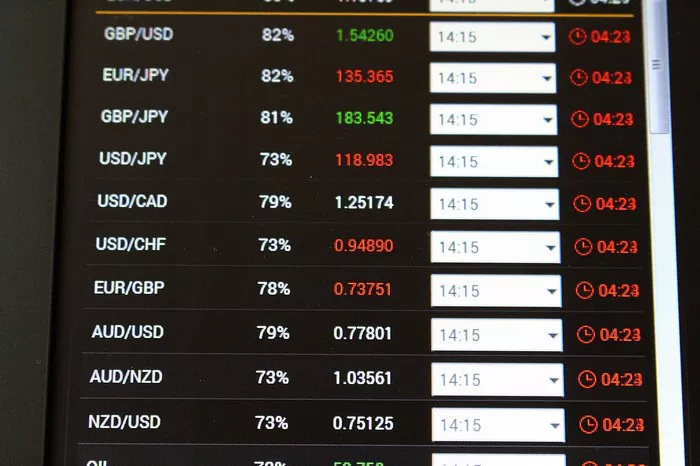Crude oil is a vital global commodity, driving economies and industries worldwide. The production of crude oil varies significantly across countries, with a few nations dominating the market. Understanding which countries produce the most crude oil provides insight into global energy dynamics and economic dependencies. This article explores the top five crude-oil-producing countries, examining their production capabilities, economic impacts, and geopolitical significance.
1. United States
Overview
The United States has consistently been one of the top crude-oil producers in the world. With its diverse range of oil fields and advanced extraction technologies, the U.S. plays a pivotal role in global oil markets.
Production Statistics
As of recent data, the United States produces approximately 11-12 million barrels of crude oil per day. This production capacity has been bolstered by the growth of shale oil production, which has revolutionized the American oil industry.
Key Production Areas
The major oil-producing regions in the U.S. include:
Permian Basin: Located in West Texas and southeastern New Mexico, the Permian Basin is one of the most prolific oil-producing areas in the country.
Bakken Formation: Situated in North Dakota and Montana, this area has significant oil reserves and production.
Eagle Ford Shale: Found in South Texas, the Eagle Ford Shale contributes significantly to U.S. oil production.
Economic Impact
The U.S. oil industry supports millions of jobs and contributes significantly to the country’s GDP. The rise in domestic production has reduced reliance on imported oil, impacting global oil prices and trade balances.
Geopolitical Influence
The U.S. is a key player in global oil markets, with its production levels influencing oil prices and energy policies worldwide. The country’s energy independence and strategic reserves provide leverage in international negotiations.
2. Saudi Arabia
Overview
Saudi Arabia is the leading crude-oil producer globally, with vast reserves and a dominant position in the Organization of the Petroleum Exporting Countries (OPEC). Its oil industry is central to the country’s economy.
Production Statistics
Saudi Arabia produces around 10-11 million barrels of crude oil per day. The country has some of the largest oil reserves in the world, allowing it to maintain high production levels.
Key Production Areas
The primary oil fields in Saudi Arabia include:
Ghawar Field: The largest conventional oil field in the world, located in the Eastern Province.
Khurais Field: Another significant field that contributes to Saudi Arabia’s high production levels.
Safaniyah Field: Known for its large offshore oil reserves.
Economic Impact
Oil revenue is crucial for Saudi Arabia’s economy, funding various development projects and social programs. The country is also investing in diversification efforts to reduce its dependence on oil, as part of its Vision 2030 initiative.
Geopolitical Influence
Saudi Arabia’s position as a leading oil producer gives it substantial influence over global oil prices and OPEC’s policies. The country plays a crucial role in managing production levels and stabilizing the oil market.
3. Russia
Overview
Russia is a major crude-oil producer with significant reserves and a vast production network. The country’s oil industry is integral to its economy and international relations.
Production Statistics
Russia produces approximately 10-11 million barrels of crude oil per day. The country has extensive oil fields across Siberia and the Arctic region.
Key Production Areas
The main oil-producing regions in Russia include:
West Siberian Basin: The largest oil-producing region in Russia, with numerous fields.
Volga-Ural Region: Another key area with substantial oil reserves.
Timan-Pechora Basin: Located in the northern part of the country, contributing to overall production.
Economic Impact
Oil and gas exports are vital for Russia’s economy, providing significant revenue and influencing trade balances. The energy sector also impacts domestic policies and international relations.
Geopolitical Influence
Russia’s oil production and export policies affect global energy markets and geopolitical dynamics. The country has used its energy resources as a tool in foreign policy, impacting relationships with both Europe and Asia.
See Also: Why Is Crude Oil Considered a Non-Renewable Resource?
4. Canada
Overview
Canada is a leading crude-oil producer, with substantial reserves primarily located in the oil sands of Alberta. The country plays a significant role in North American energy markets.
Production Statistics
Canada produces around 5-6 million barrels of crude oil per day. The majority of this production comes from oil sands extraction.
Key Production Areas
The primary oil sands regions in Canada include:
Athabasca Oil Sands: The largest oil sands deposit, located in northern Alberta.
Cold Lake Oil Sands: Another significant deposit, known for its in-situ extraction methods.
Peace River Oil Sands: Located in northern Alberta, contributing to overall production.
Economic Impact
The oil sands industry is a major economic driver for Canada, creating jobs and contributing to the GDP. However, it also faces environmental challenges and regulatory scrutiny.
Geopolitical Influence
Canada’s oil exports, primarily to the United States, influence North American energy markets. The country’s energy policies and environmental regulations also impact its international standing.
5. Iraq
Overview
Iraq is a key crude-oil producer with significant reserves, primarily located in the southern part of the country. The oil industry is central to Iraq’s economy and development.
Production Statistics
Iraq produces approximately 4-5 million barrels of crude oil per day. The country’s production capacity has been expanding, despite challenges related to political instability.
Key Production Areas
The major oil fields in Iraq include:
Basra Field: Located in the southern part of Iraq, contributing significantly to production.
Kirkuk Field: Situated in northern Iraq, with substantial reserves.
Rumeila Field: One of the largest fields, also located in southern Iraq.
Economic Impact
Oil revenue is crucial for Iraq’s economy, funding infrastructure and public services. The oil sector also plays a key role in the country’s reconstruction and development efforts.
Geopolitical Influence
Iraq’s oil production influences global oil markets, with its output affecting regional and international energy dynamics. The country’s oil policies and production levels are closely watched by global stakeholders.
Conclusion
The top five crude-oil-producing countries— the United States, Saudi Arabia, Russia, Canada, and Iraq—each play a critical role in the global oil market. Their production levels, economic impacts, and geopolitical significance shape the energy landscape and influence international relations. Understanding these key producers helps in comprehending global energy dynamics and the factors driving oil prices and policies.
[inline_related_posts title=”You Might Be Interested In” title_align=”left” style=”list” number=”3″ align=”none” ids=”3764,3684,3615″ by=”categories” orderby=”rand” order=”DESC” hide_thumb=”no” thumb_right=”no” views=”no” date=”yes” grid_columns=”2″ post_type=”” tax=””]

































